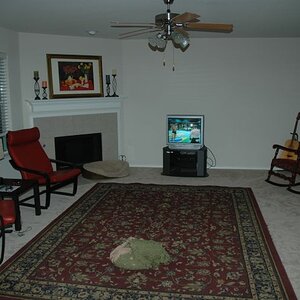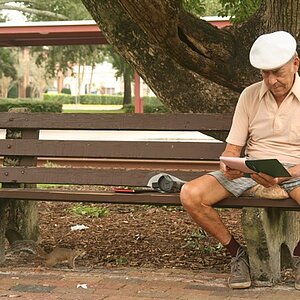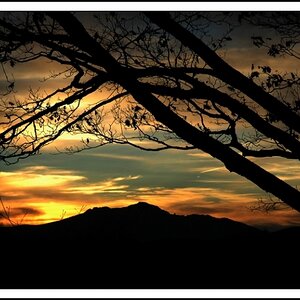vonDrehle
TPF Noob!
- Joined
- Jun 27, 2005
- Messages
- 430
- Reaction score
- 7
- Location
- North Carolina
- Can others edit my Photos
- Photos OK to edit
Hey Everyone,
I took this shots this past weekend at Moses H Cone Memorial Park (MP 294 on the Blue Ridge Parkway). For these shots I used my Canon 6D and a 24-105mm F/4L USM lens with a polarizer. I don't have one yet to play with but I'm wondering if a ND filter might help out on some of these shots?
1.

2.

3.

4.

5.

Thanks for taking a look. (Let me know if these appear to big I was hoping it would resize them a bit smaller)
I took this shots this past weekend at Moses H Cone Memorial Park (MP 294 on the Blue Ridge Parkway). For these shots I used my Canon 6D and a 24-105mm F/4L USM lens with a polarizer. I don't have one yet to play with but I'm wondering if a ND filter might help out on some of these shots?
1.

2.

3.

4.

5.

Thanks for taking a look. (Let me know if these appear to big I was hoping it would resize them a bit smaller)


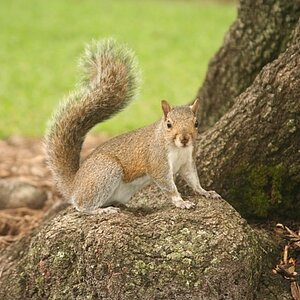
![[No title]](/data/xfmg/thumbnail/35/35264-5ade32b7036391926536661aeb7491c3.jpg?1619736969)
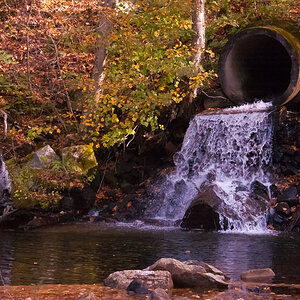
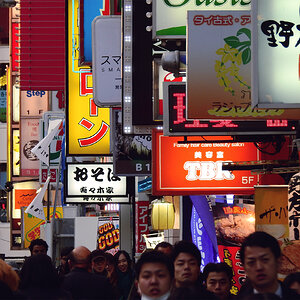
![[No title]](/data/xfmg/thumbnail/39/39469-3f2d242112dec8dc3e7b2836cc85afec.jpg?1619739042)
